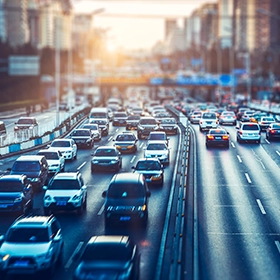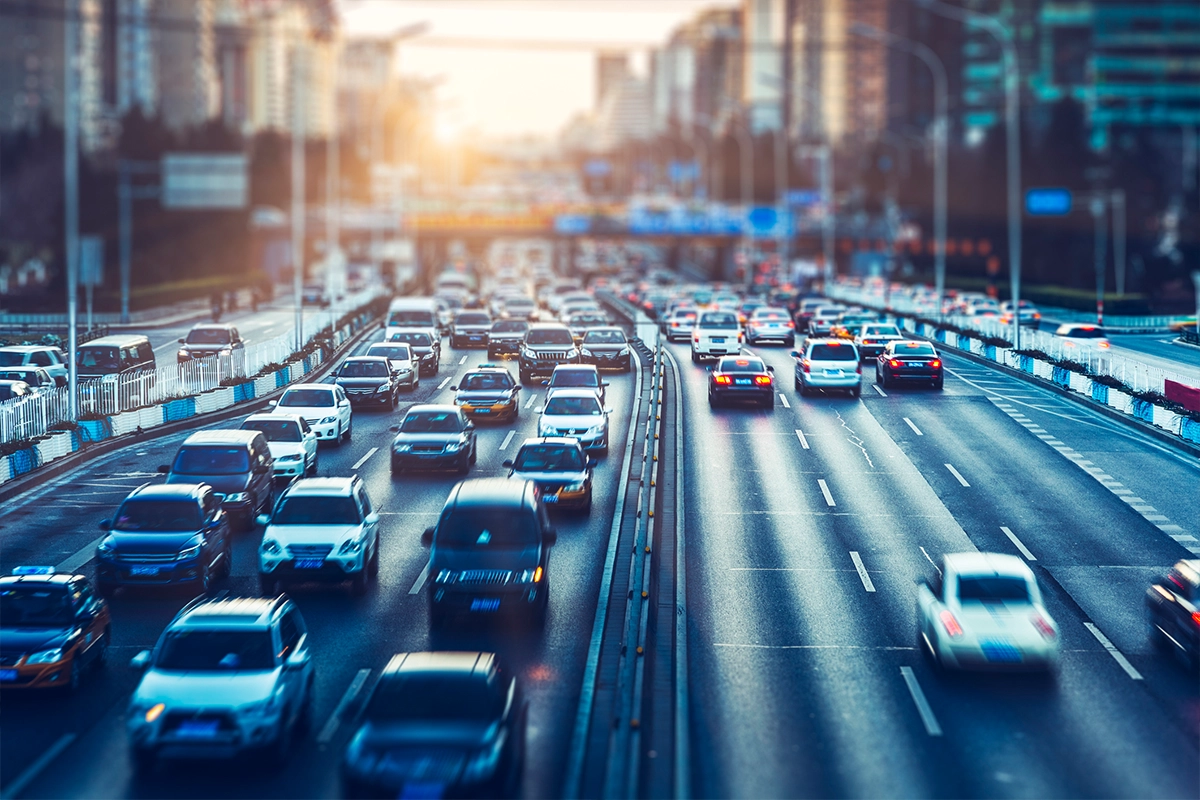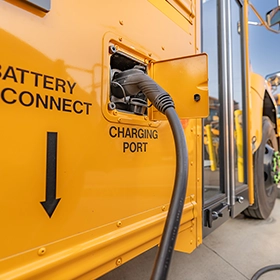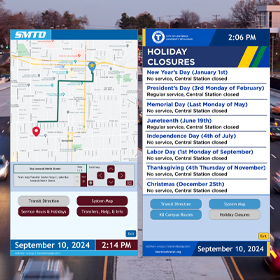Home » News & Resources » Commuters/Commuting » Congestion Pricing as a Solution for Traffic

Congestion Pricing as a Solution for Traffic
Congestion pricing is a way to increase prices without increasing supply. Â This concept is not only used in the transportation industry. Utilities such as electricity varies their prices depending on demand; such as time of day or season of the year.
Congestion Pricing as a Solution for Traffic
Published: 12/22/2023

Traffic congestion is a daily issue major cities have to deal with. From Los Angeles, to Chicago, the DC area and New York, just to name a few. It impacts the environment, and the cities’ budget; leaving a strain in the transportation industry. According to a study in 2022, the average driver spent 51 hours in traffic. This is equivalent to approximately $869 in lost time and increased pollution. As a solution, congestion pricing could help alleviate the problem, but it is at the expense of the riders.
Congestion pricing is a way to increase prices without increasing supply. Â This concept is not only used in the transportation industry. Utilities such as electricity varies their prices depending on demand; such as time of day or season of the year.
Pricing based on demand is something common among rideshare services such as Uber and Lyft. Prices may increase depending on weather, time of the day, location or if there’s high demand.
Congestion Pricing as a Solution
In order to alleviate congestion, New York has decided to charge for vehicles entering certain areas of Manhattan. Kathy Wylde, of the Traffic Mobility Review Board said that the excess of traffic is costing the city of New York around $20 billion a year. The addition of congestion pricing can help the Metropolitan Transit Authority (MTA) cover any necessary infrastructure needs and repairs.
Congestion pricing in New York impacts drivers who are traveling into the Central Business District. This comprises of 60th street in Manhattan all the way to the southern area of the financial district. Cars, trucks, motorcycles and all other vehicles would be charged a toll based on the vehicle type. The price range is from $9 - $23. The pricing applies to vehicles entering the area only; not exiting or staying in that area; and it’s per day.
There have been several reactions to the congestion pricing. The state of New Jersey filed a lawsuit to block the congestion pricing. Officials want to allow buses coming from out of state to have an exemption to the pricing. Other officials want exemptions for people going to medical appointments as well; with the premise that many people are still recovering from the pandemic.
When Will This Pricing Start?
Transportation officials hope to start this program in the spring; before that, there are a series of public hearings, and the possibility of it being delayed to the New Jersey lawsuit.
Congestion pricing might be what public transit needs in order to increase ridership of rail, bus and other forms of alternative transportation. With the current inflation, commuters and other riders might find it as a more affordable option than using their vehicles, thus reducing traffic and positively impacting the environment.
Categories
Public TransitTransit Ridership
Mask Mandate
Commuters/Commuting
Transit Display/Digital Signage
Accessibility Commuter Rail
Recent Posts

Electric School Buses Driving Towards a Greener Future
Electric school buses are currently on high demand, and following the trend of public transit with the transition to clean energy.

Redmon Transit Display Expands Digital Signage Capabilities
Redmon's Transit Display, a leading provider of digital signage solutions for public transportation, is excited to announce the release of new features for its industry-leading digital signage system.